- summary of Occlulus Quest 2 Application SpaceWarp technology
- technology that allows an application to render at half of the target frame rate and “upscale” to the target frame rate
- uses the application provided depth, image buffers, and motion vectors to generate in-between frames
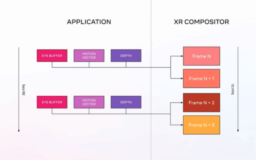
- the Unity tutorial shows how to sample shadow maps and implement an edge detection filter
- extending the concepts to show how to apply outline shadows
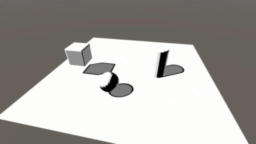
- the article explains how to implement a portal look into a separate world using stencil buffers for filtering
- shows why the technique was used and how rendering passes have been structured
- additionally covers other the aspects of the demo, such as the volumetric fog and candles
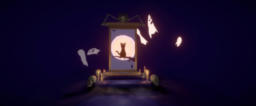
- weekly round-up of tweets from a large variety of technical art and VFX topics
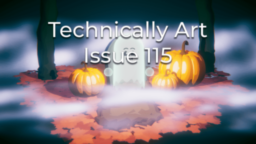
- the article presents the details of the D3D12 binding model and discusses the differences to Vulkan
- presents a detailed look at all the possible binding possibilities
- discussing problems, limitations, and how it maps to hardware
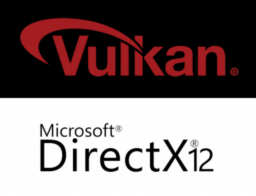
- the article presents how constructor like functionality can be implemented in DXC HLSL
- relies on variadic macros support in the compiler frontend

- class in introduction to computer graphic series focusing on shadows
- explains the fundamental of shadow casting and presents practical implementation notes that are required for correct implementations
- covers ray tracing and rasterization based implementations
- shows the logic required for reflections and the derivations from the rendering equation
- additionally covers a small discussion of the different ray types, names, and usages
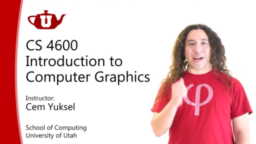
- the video tutorial explains how to implement metaball rendering
- presents how to approach the approach to the problem and derive the final marching square solution
- focusing on how to transform a problem into solvable sub-problems
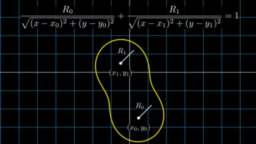
- the video for the SIGGRAPH 2021 presentation about UE5 Nanite has been released
- will explain how the mesh-based data structure is built, streamed, decompressed, culled, rasterized, and shaded
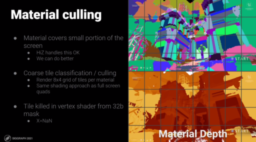
- Vulkan extension that allows the use of render passes in Vulkan using a D3D12 style objectless model
- already being reported as supported on first Nvidia drivers
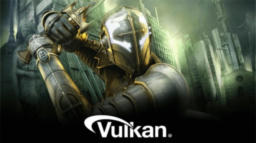
- video tutorial explains the concepts of spotlights and develops a mathematical model to describe the effect
- presents how to implement these concepts using GLSL and OpenGL
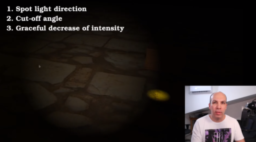
Thanks to Sondre Kongsgård for support of this series.
Would you like to see your name here too? Become a Patreon of this series.